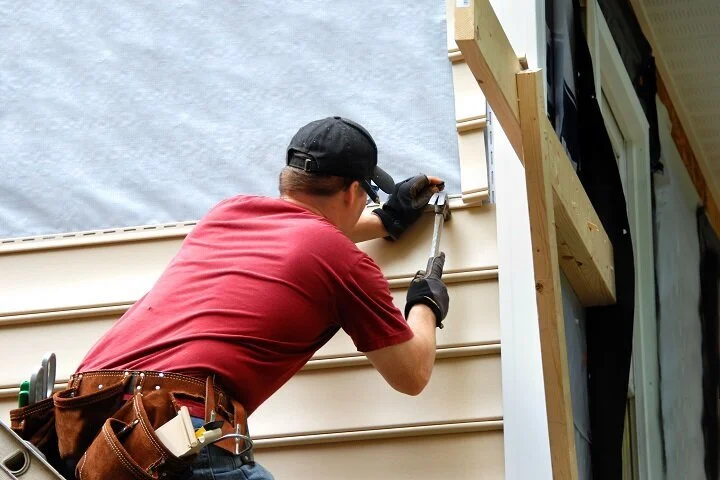When and Why to Replace Home Siding
The siding will last for more than 20 years depending on the material and quality of installation. This is excellent news as siding can be an effective investment in home renovation. However, homeowners may also take their siding for granted with so much time in between replacements.
The truth is if you want to secure the base and interior of your house, all sidings will inevitably need to be replaced. The good news is that a siding replacement by efficient siding contractors will produce a Return on Investment (ROI) of approximately 75%.
Signs that it is time for you to replace your siding
Discolored Finish
With vinyl siding, a symptom of excessive UV exposure may be discoloration and fading. Often fragile is vinyl that has been faded by the sun and runs a high risk of cracking or breaking. Although it is easier to repaint or stain wood siding, fading always suggests the age of the siding, and it might be time to repair it.
Increased Bills for Electricity
If you have found that your energy bills are far higher than normal or you feel draughts or hot spots in your building, your siding might have lost its insulating properties.
Tree, Moss, or Growth of Mold
Mold and moss are not just aesthetic concerns. If you see plant growth on your siding, then it is a sign of a lot of moisture being retained by your siding. Before more severe systemic issues arise, this can be an early warning sign.
Warped, Broken or Rotting Siding
These may be the most visible indicators that, after repair, your siding is damaged. For a detailed visual inspection walk around your house. Small cracks may even point to a bigger problem. Just poke around. Is the layer underneath firm, or if you hit it would it give way? It might be time to call in a specialist if there is more rot under the broken or warped portions of your siding.
Siding with Blisters or Bubbles
Take notice if you spot blisters or bubbles forming below the surface of your hand! This is a red flag; bubbles and blisters suggest that water is trapped within the siding, which means you have a problem with moisture. This is a good sign that your siding is no longer doing its job, because siding is supposed to prevent moisture from entering your house.
Faded Siding
This is a sure indicator that the weatherproofing is on its last leg when the siding loses its color and becomes heavily faded. This doesn't mean that the siding is suddenly useless, but before any significant issues arise, it's certainly a good time to start updating the siding.
Damage Sign by Insects
Check woodpeckers, squirrels, and insects for wildlife harm. Although insects may be the victims of all siding, wood siding is especially vulnerable to termites.
Check us at Reroof America in Denver. We are one of the best siding companies in Denver and we are efficient to repair or replace existing siding. Call us for window replacement or roof requirement.

